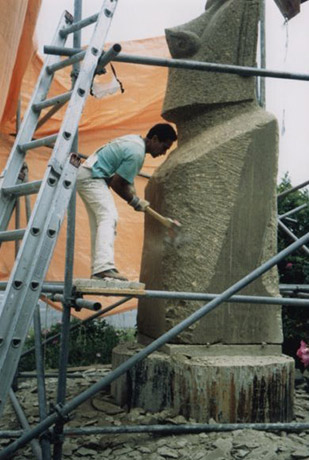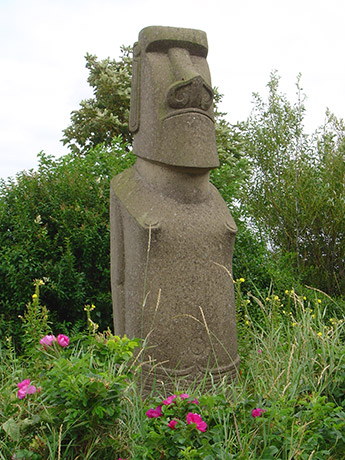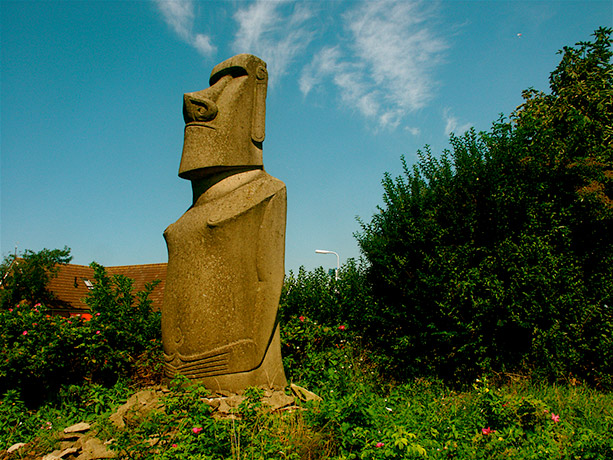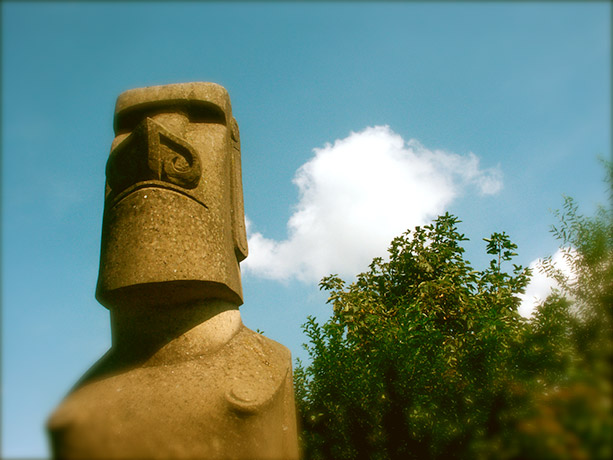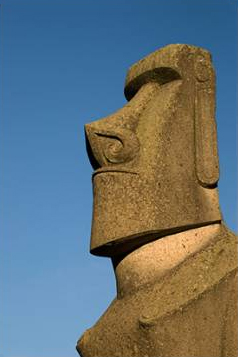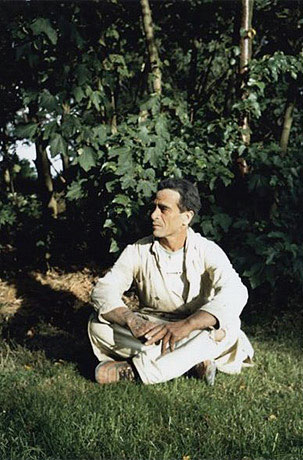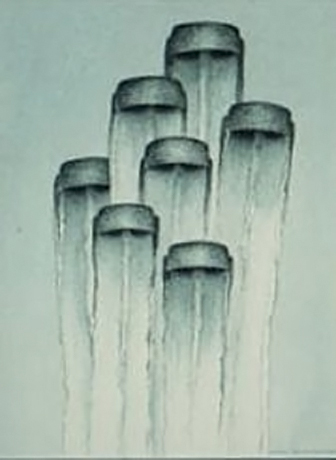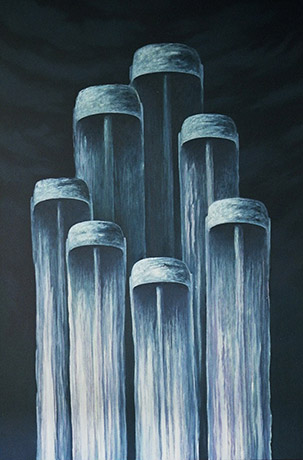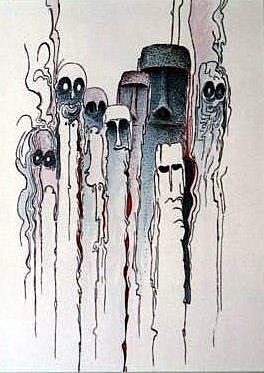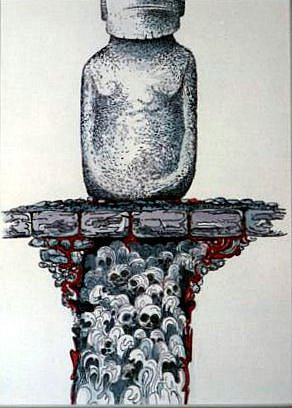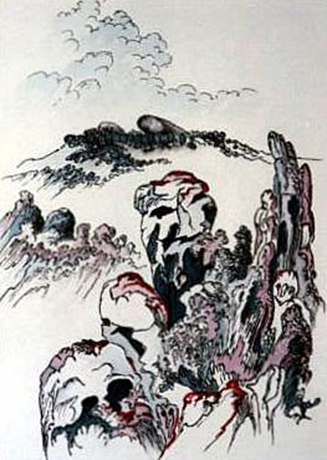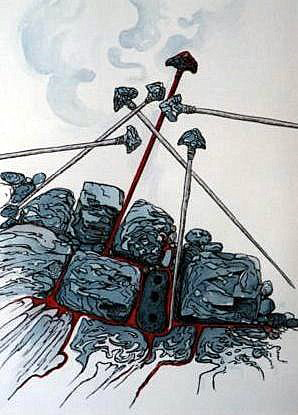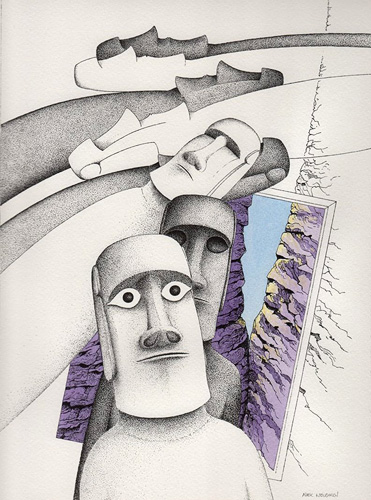AN EASTER ISLAND STATUE ON TEXEL?
Three centuries ago, on 1st August 1721, the 62 year old Jacob Roggeveen departed Texel with a fleet of three Dutch West India Company ships. They left in search of the “The Unknown South Land”, the suspected continent at the time, which Roggeveen hoped to find on this expedition somewhere to the west of South America. New land, where it was hoped new trading posts could be established, was never found.
However, on the Easter of 1722, Jacob Roggeveen became the first European to set foot on a small volcanic island in the Pacific Ocean. Since then, the island, which had been inhabited by Polynesians for centuries, became known as Easter Island or Isla de Pascua (Paaseiland in Dutch).
The inhabitants called their island “Te Pito O Te Henua” – The navel of the world! Later, the name “Rapa Nui” meaning “large rock” became common.
At that time, the island was already fairly barren and devoid of trees, it was certainly not an idyllic palm-fringed tropical isle. It was not suitable as a trading post for the Dutch West India Company and the fleet sailed further west, arriving in waters chartered by the Dutch East India Company, an event with repercussions: the two remaining ships were seized in Batavia (Jakarta) by their fellow countrymen (!) and Jacob Roggeveen returned to Holland, disappointed and broke. The expedition had failed and his hopes to discover the South Land (based on his father’s ideas and charts) were gone. However, his name would always remain connected to the “Discovery” of Easter Island, the island with the mysterious statues.
For the inhabitants of “The navel of the world”, Roggeveen’s world journey from Texel was the reason why, 250 years later, they would get in touch with the Municipality of Texel. In 1972, the leaders of Easter Island suggested to establish a sister connection between the islands. Although this was a nice idea, the proposal did not appeal to Texel.
The distance to Easter Island was literally and figuratively too great, and at the time the proposal was a sensitive one. Since 1888, the island has belonged to Chile, where, in 1972 the situation was politically volatile. In response, Texel sent a flag, a shield, and a holiday brochure accompanied with best wishes. And so it remained, the request came to rest in the archives and was forgotten.
However, it was not to be forgotten by Niek Welboren, who since his youth, after reading Thor Heyerdahl’s “Aku Aku”, had dreamed of a journey to Easter Island.
He kept a memo with illustration about the 1972 proposal, and in the early 1980s he made a first attempt to blow new life into the inter-island connection. His request to the appropriate Texel officials for collaboration fell on deaf ears.
In 1990, he launched a new plan as a “Painting Ambassador” to give new inspiration to the proposal from the inhabitants of Easter Island. His ideas and artistic vision now captured imaginations, and he received the necessary support from authorities, local media and friends.
The Chilean Embassy and the Municipality of Texel agreed to contribute, and many friends signed up for the so-called “Easter Island Print”. With his advance sales of prints, to be delivered after the trip, he managed to finance his costly adventure.
In 1992, from mid-January until the end of May, he stayed on the island of his dreams as painter and emissary. He had already imagined how it might be, but seeing the island with his own eyes and experiencing the “Reality” of the mystery surpassed his high expectations. He recorded his impressions for friends and subscribers at home, who could follow his journey via reports in the local newspaper, the Texelse Courant.
During his stay, more than eighty-five drawings were created. Of course, he also made contact with the local people and the island governance. The request that they had made twenty years before appeared not to have been forgotten. Attention was given to the journey Niek Welboren was making as a painter and emissary from Texel, including from the local radio. The plan to have a statue made on Texel by an artist from Easter Island was greeted with enthusiasm and sculptors were virtually queuing up for the chance to be involved. It was difficult to choose the most suitable candidate, as nearly everyone on the island chops and carves and it became apparent that choosing one over another was a very sensitive issue.
It became Bene Aukara Tuki Pate, once voted by the inhabitants of Rapa Nui as the best sculptor of the island.
He shared Niek’s idealism of giving the cultural connection between the islands artistic form. He also understood that the funds for the project were limited on Texel. Bene Tuki offered to cut a Moai from stone in exchange for travel and accommodation expenses – a generous proposal!
In the summer of 1993, within two months, he created a unique sculpture as an enduring symbol of the bond between the two equally sized but very different islands.
He wanted no fee for his strenuous physical efforts, as he considered it an honour to create the statue on and for Texel. The project on Texel and journey to Europe was a unique experience for the sculptor from Rapa Nui.
He was above all a master in carving wood sculptures and this first major work in stone was a big challenge for him. Later several more large stone sculptures would follow, including in Chile, Italy and Japan. For spectators, it was an unforgettable experience to see the sculptor, day in day out, committedly working with a wood axe. (!)
During the making of the Moai, traditional woodcarvings by the sculptor were also exhibited in combination with the imaginative drawings, which Niek Welboren had made during his trip to Easter Island.
The statue was ceremonially unveiled by Bene’s wife, Ana Maria Arredondo and Stefan te Velde (son of the adventurous yachtsman), who was born on Easter Island. Friends, subscribers, sponsors, officials, scientists, diplomats and relatives of the sculptor witnessed the special moment.
The symbolic event at The Eiland Galerij and the process leading up to it was also captured on film by AV Video.
The unveiling was an unforgettable highlight for all concerned and marked the completion of the artistic and cultural project.
The Easter Island statue on Texel, named “The Dreamer of Rapa Nui”, is unique in many ways. It came about thanks to the artists’ vision and support from friends.
The 6000 kg chunk of tuff from the German Eifel, transportation, travel and subsistence expenses of the sculptor, and the other project costs were funded by companies involved from Eierland, Teso and the Municipality of Texel.
With “The Dreamer of Rapa Nui” in Eierland, its nose pointing in the direction of the small volcanic island in the Pacific Ocean.
Texel is now forever connected with “The navel of the world”!
It is a timeless symbol, but almost historic….now that the world seems to have grown smaller due to the unprecedented digital possibilities and unlimited information accessible on the internet.




